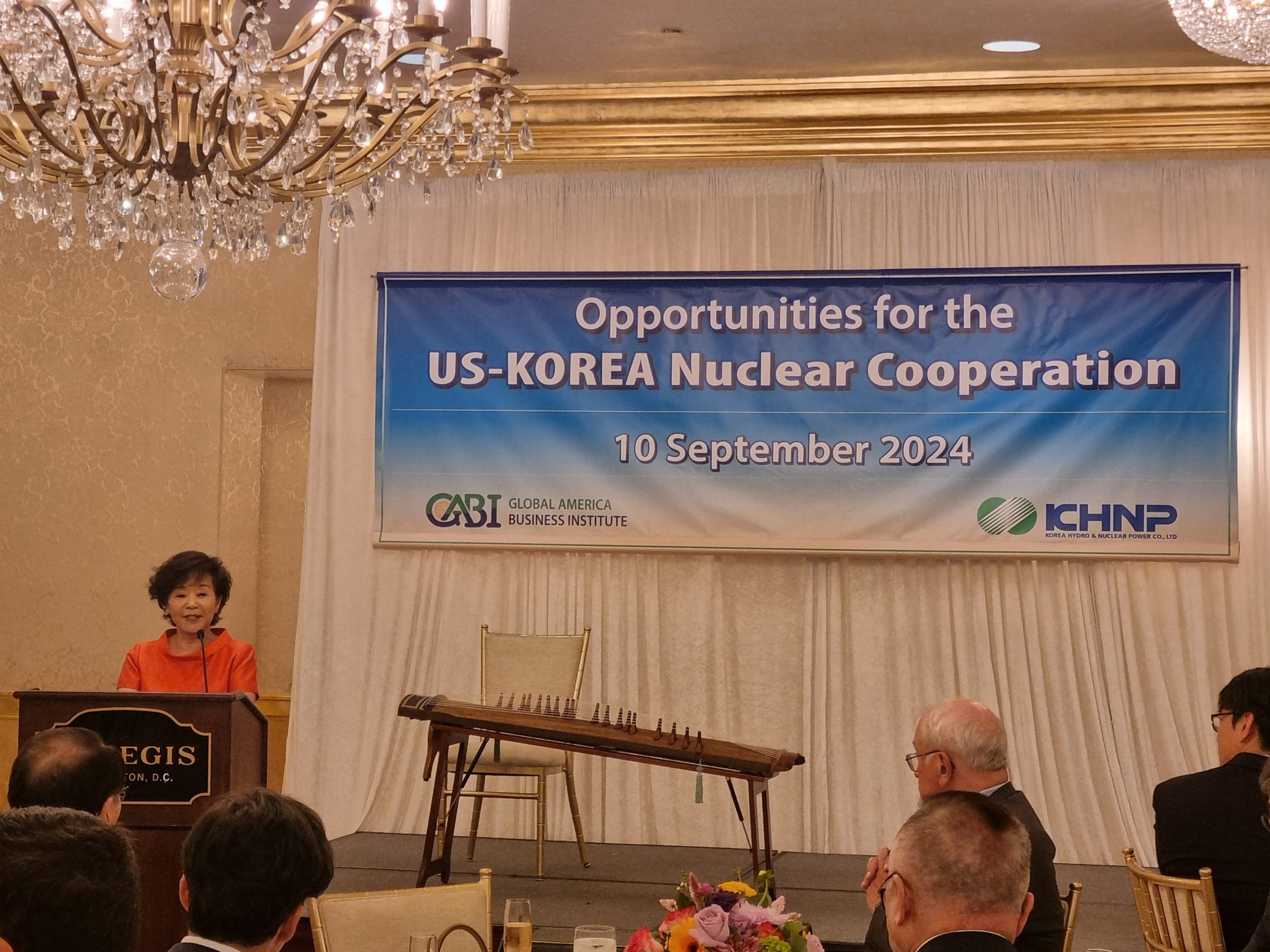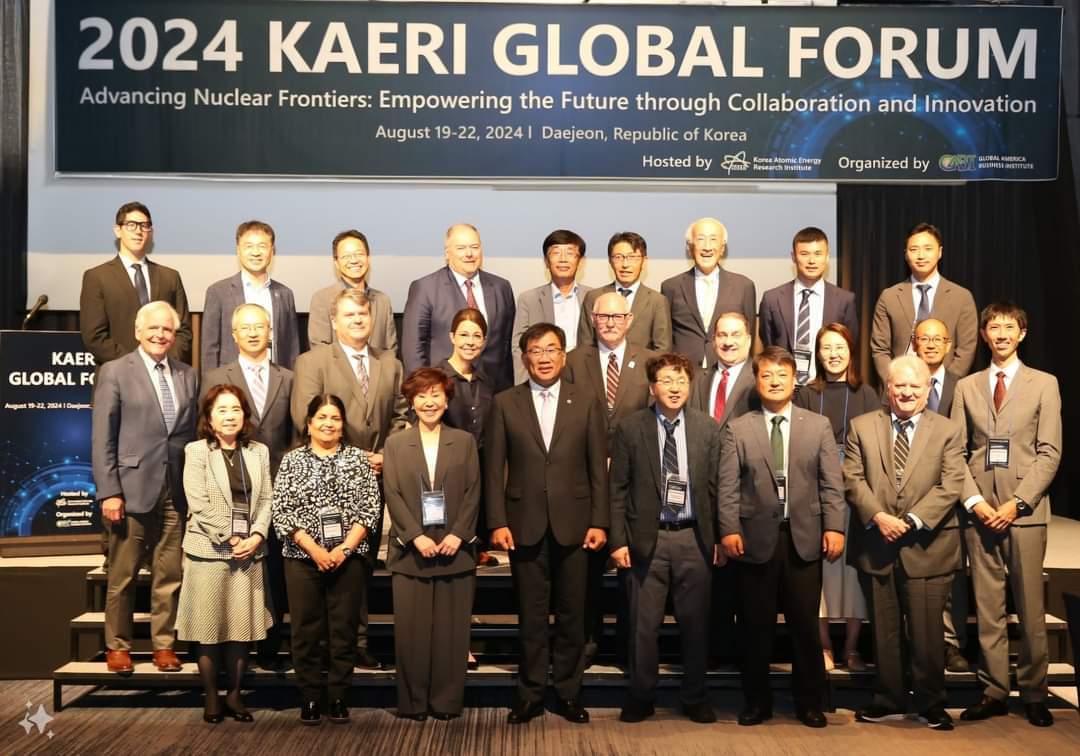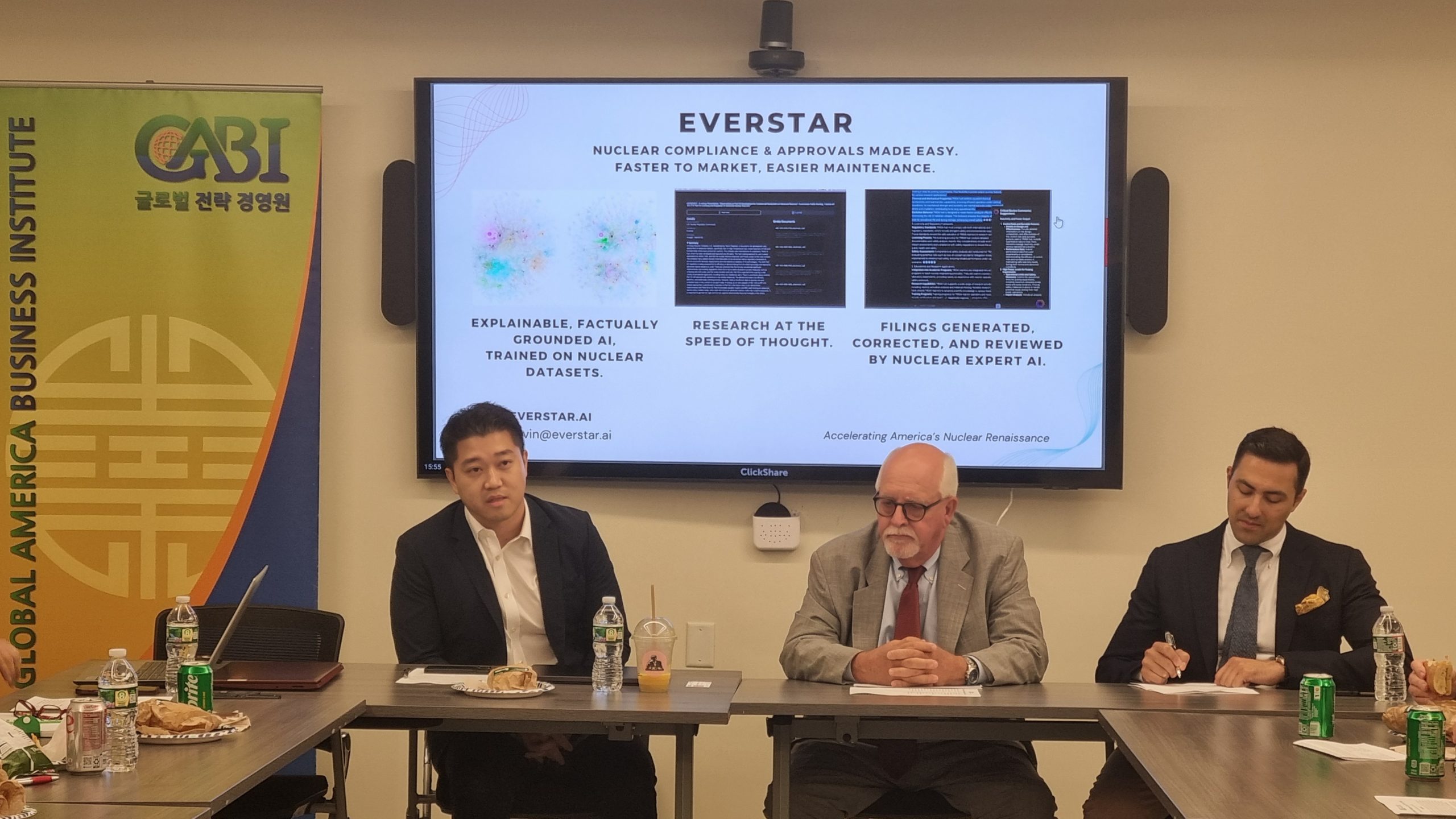Nuclear reactors are capable of providing alternate or auxiliary functions outside of power generation. Two notable non-electricity applications are process heat and desalination. These non-electricity applications of nuclear power reactors can be utilized to improve the economics of nuclear reactors while providing solutions for high-temperature industrial processes as well as the global water shortage through co-location of nuclear reactors and industrial parks or desalination plants. Utilizing the auxiliary functions to find alternative sources of income for nuclear plant operators and owners is a growing area of importance as the nuclear industry competes with the low-cost of natural gas and other fossil fuels. By providing alternative streams of revenue through these alternate or auxiliary functions, nuclear plant owners and operators can extend the viability of their assets. Because of the growing push by world leaders to reduce dependence on fossil fuels for both energy security and emissions reductions, finding ways to make nuclear cost competitive will be an integral part of a concerted global energy strategy to protect the environment and ensure security of energy supplies. Many advanced reactor developers are currently seeking to capitalize on unexploited and advantageous opportunities to provide desalination, heat, and other energy products for remote and/or non-electrified communities, especially where diesel fuel is being used.







